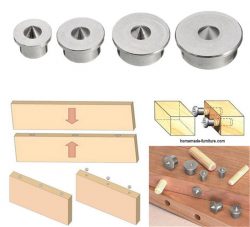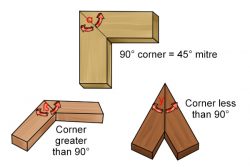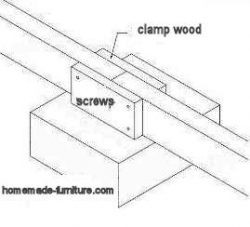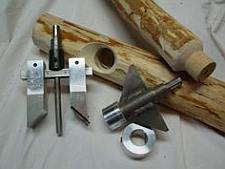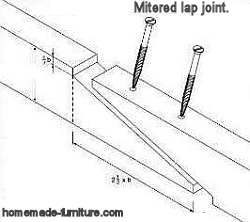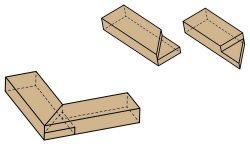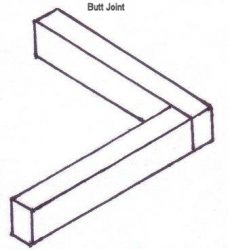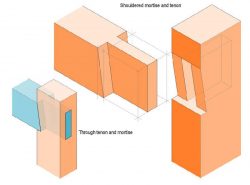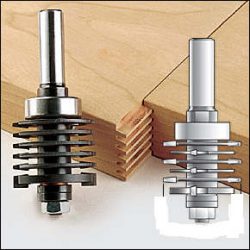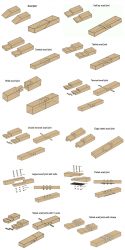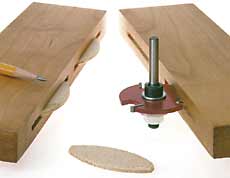Pocket hole joints, application and tools for modern joinery.
For assembly of furniture, screws in an angle of 15 degrees.
The pocket is only in one of the parts for assembly.
An angled hole serves as guide for the screw and hides it afterwards.
The screw head will be embedded in this slot.
Therefore the screws will not obstruct other parts of the furniture, such as drawers or doors.
Advantages of the pocket hole joint.
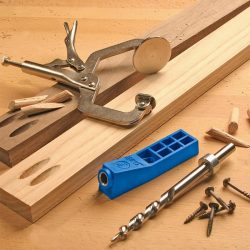
- This is a fast method which requires less accuracy than dovetails, dowels, mortise and tenon or finger joints.
- You could buy a jig for this purpose, that makes the connection even faster and more precise.
But the connection can also be made just with a power drill and by hand, if you use it only sporadically. - No complicated measuring nor calculations have to be made.
This joinery method is very simple and straightforward in its application.
Disadvantages and incompatibilities for use of a pocket joint.
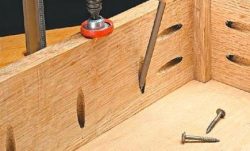
- This is by no means a strong method for joinery.
For that reason we do not advise pocket holes for structural assemblies where the joints need to have a certain strenth. - If, by chance, a pocket hole gets damaged it is quite difficult to repair.
You would probably have to use some sort of epoxy filler to redo the hole again.
And most likely you will have to disassemble the furniture prior to that.
Make sure that your screws are the right size for this joinery method.
See on this picture which sizes should be used.
It should be obvious that thicker wood needs bigger holes and larger screws.
It should be obvious that thicker wood needs bigger holes and larger screws.

Joinery methods for carpentry.
